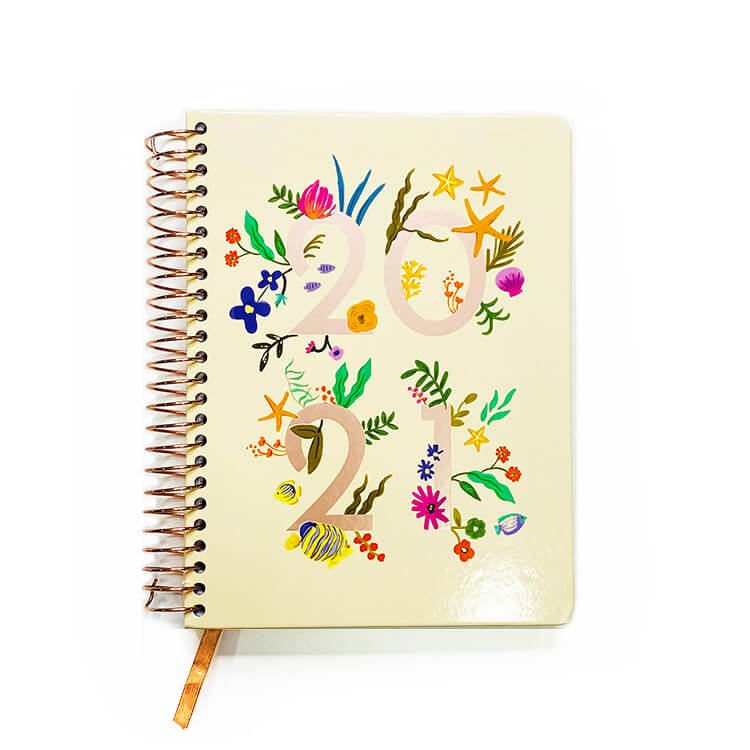Choosing Between Color and B&W Printing for Your Book Publishing
 Apr 18,2025
Apr 18,2025

 SESE
SESE
Choosing Between Color and B&W Printing for Your Book Publishing
When it comes to publishing your book, one of the most important decisions you'll make is whether to print it in color or black and white (B&W). This choice will significantly affect your book's overall cost, appearance, and impact on your target readers. In this guide, we’ll walk you through the differences, pros and cons, and key considerations to help you make the best choice for your publishing needs.
1. Understanding the Difference Between Black and White Printing and Color Printing
|
|
|
Black and White (B&W) Printing uses only black ink to print text and images. It is often used for novels, journals, manuals, and textbooks that don’t require color to convey meaning.
Color Printing uses a combination of cyan, magenta, yellow, and black (CMYK) inks to produce vibrant, full-color images. This method is ideal for children’s books, photo books, cookbooks, and any design-heavy or image-rich content.
2. Pros and Cons of Black and White Printing
Pros:
-
Cost-effective: B&W printing is significantly cheaper than color.
-
Efficient production time: Faster turnaround, especially for large quantities.
-
Professional aesthetic: Ideal for classic literature, academic works, and minimalist design.
-
Readability: Clear, sharp text suitable for long reading sessions.
Cons:
-
Limited visual appeal: May not engage readers who expect visual stimulation.
-
Not suitable for image-heavy content: Diagrams, charts, and photos may lose clarity or impact.
3. Pros and Cons of Color Printing
Pros:
-
Visually engaging: Captures attention and enhances reader experience.
-
Better for branding: More flexible and appealing for covers, infographics, and marketing content.
-
Increased value perception: Often seen as more premium or professional.
Cons:
-
Higher cost: Printing in color can significantly increase unit costs.
-
Longer production times: Depending on complexity and finishing requirements.
-
Color accuracy concerns: Variability in how colors appear on paper if not professionally managed.
4. Factors to Consider When Deciding Between Black and White Printing and Color Printing
Type of content: Does your book rely on visuals to convey information?
Target audience: Are you appealing to children, professionals, or casual readers?
Budget: What is your cost tolerance per copy?
Print run size: Larger runs may make color more affordable per unit.
Distribution plans: Are you aiming for retail, online sales, or corporate gifting?
Branding: Does your brand rely on visual storytelling or minimalist aesthetics?
5. When to Choose Black and White Book Printing
Your content is text-heavy (e.g., novels, memoirs, instruction manuals).
You are working with a tight budget.
You don’t require visual elements to convey your message.
You aim for a professional, clean, and straightforward appearance.
6. When to Choose Color Book Printing
Your book includes high-quality images, illustrations, or graphs.
You’re publishing a children’s book, cookbook, photography book, or marketing materials.
You want to increase your book’s perceived value and market appeal.
You need vibrant cover designs and interior elements to boost engagement.
7. Cost Comparison: Black and White Printing vs. Color Printing
Black and White Printing: More economical. Suitable for bulk orders with minimal design requirements.
Color Printing: Higher production costs due to multiple ink types and more complex processing.
At Sese Printing Company, we offer highly competitive pricing for both B&W and full-color printing—whether you’re printing 300 or 10,000 copies. Our team can help you optimize your design to balance quality and cost.
8. Quality Comparison: Black and White Printing vs. Color Printing





 Home
Home

 How Can I Print My Book
How Can I Print My Book  You May Also Like
You May Also Like




 Tel
Tel
 Email
Email
 Address
Address







